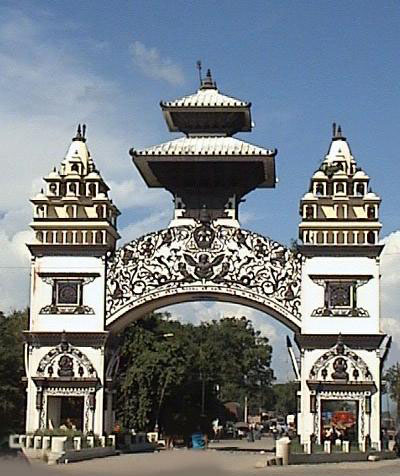Birgunj Chamber of Commerce & Industries
Birta, Hospital Road, Birgunj, Madesh Predesh, Nepal
Home Economic Fact of Birgunj
Economic Fact of Birgunj

Birganj is one of the major commercial and Industrial towns of Nepal. Located on the south of the capital Kathmandu, bordering India is also known as the gateway of Nepal. The town at one time, was the only route to the capital Kathmandu. Thousands of tourists from India and other countries visit the capital via Birganj. The town has played a significant role in the economic and political development of Nepal.
From the beginning , Birganj is well known for its economic activities. It houses some of the oldest industries of Nepal. Major export and import of the country is carried out from here. The Birganj customs is also the largest revenue earner for the government of Nepal. After arrival of democracy in 1990, economic development has taken more rapid growth in this area. Several industries, including multinationals have setup their plant in near by areas. The major industries operating in this area are steel and rolling mills, textiles, cigarette, aluminum and other metals, LPG gas, pharmaceuticals, vanaspati ghee, edible oil and other agro based industries. The town provides good infrastructure for economic activities. The construction of Inland Clearance Depot (dry port) is one such example. Besides all other facilities such as electricity, transportation, telecommunication, bank and financial institutions, accommodation, manpower etc are easily available.
Inland Clearance Depot - an introduction
Inland Clearance Depot (ICD) is also known as Dry Port. UNCTAD has defined ICD/Dry Port as “ A common user inland facility, other than a port or an airport, approved by a competent body, equipped with fixed installations and offering services for handling and temporary storage of any kind of goods (including container) carried under customs transit by any applicable mode of inland surface transport, placed under custom control and with customs and other agencies competent to clear goods for home use, warehousing, re-export, temporary storage for onward transit and outright export.”
The establishment of an ICD is of vital importance for landlocked countries like Nepal wishing to improve their transport services through the introduction of multimodal transport and containerization. ICDs have the effect of partly relocating port activities from the foreign coastal transit country and placing them under the control of national authorities and creating employment at home. Additionally, land transit times can be cut considerably through reduced handling and less cumbersome procedures, resulting in decreased door to door transport costs and in reduced dependence on the situation of the port and transport industry of the coastal country.
ICDs promote the concept of multimodal transport, as container seal can remain unbroken from a place close to the consignor to a place close to the consignee. Apart from changing the concept of transport, both in physical and organizational terms, ICDs will have beneficial effect on the trading and industrial activities of Nepal.
Salient features of Birganj ICD/ Dry Port